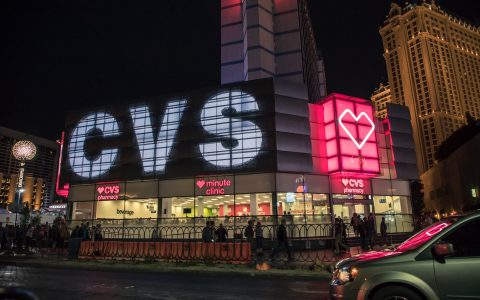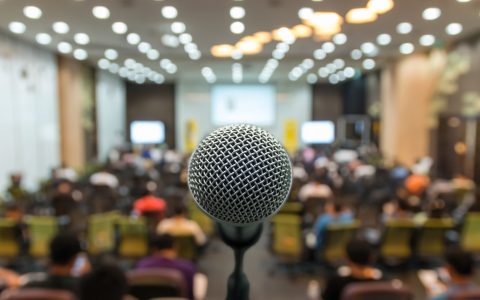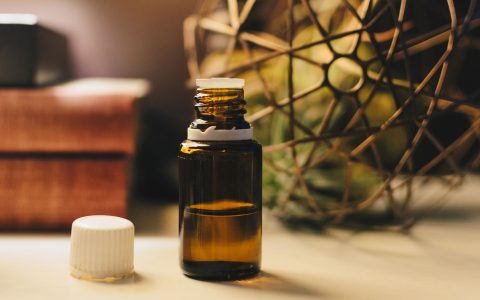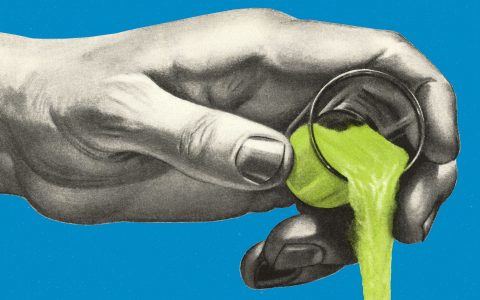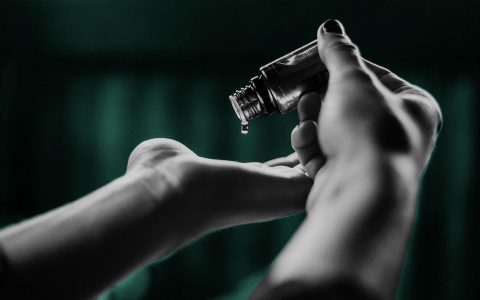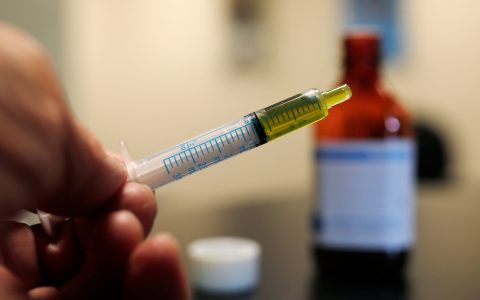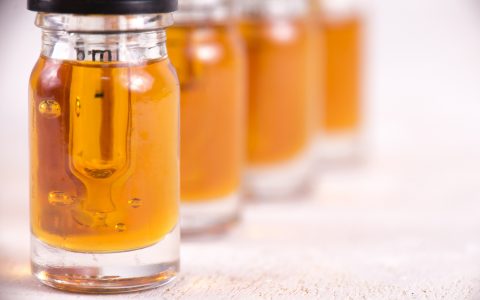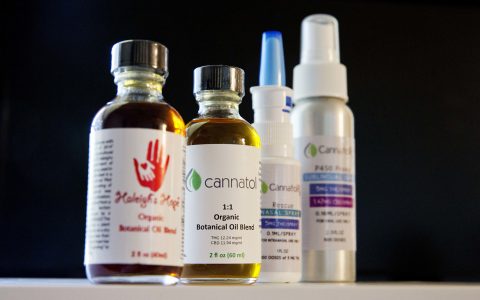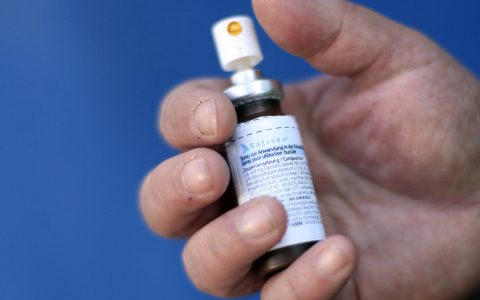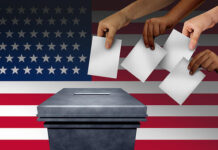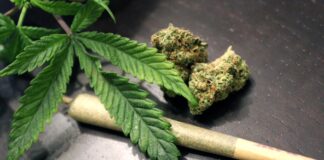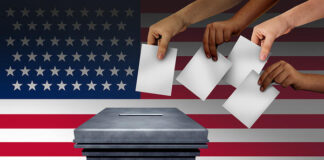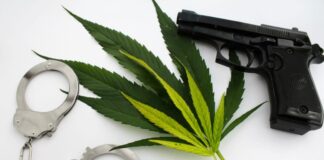When federal lawmakers legalized hemp last year, they opened the floodgates to hundreds of companies focused largely on a single molecule in the plant: cannabidiol, or CBD. Now, with thousands of products on the market, from infused enemas to espresso, the US Food and Drug Administration (FDA) is preparing to craft regulations around the cannabinoid.
At a public hearing that kicks off Friday morning, the agency will hear from dozens of experts and interested citizens. That testimony will help shape FDA policies that could govern everything from CBD quality and labeling standards to infused food and beverages. Revised research rules could even help identify the next groundbreaking cannabis-based medication.
Ahead of the hearing, Leafly news editors are breaking down where things currently stand on CBD and what could change going forward.
Why the fuss about an FDA hearing?
After 80+ years of treating all cannabis products as dangerous, illegal, and highly addictive drugs, the FDA has scheduled its first-ever public hearing to consider testimony about cannabidiol (CBD), the cannabinoid with powerful healing properties.
The FDA has been forced to finally act due to the overwhelming public interest in CBD, which is now sold in topical products in national chains like CVS and Walgreens. The FDA currently does not regulate CBD products in any way.
The hearing will take place on Friday, May 31, from 8 a.m. to 6 p.m., at the FDA’s campus in Silver Spring, Maryland.
What’s going to happen?
A variety of experts and interested citizens will give brief presentations or remarks, all day long. The official kickoff starts at 8 a.m., which is 5 a.m. Pacific time, so those of us on the West Coast will be watching with some strong coffee. Here’s the day’s agenda:
7:00 – 8:00 a.m. — Registration
8:00 – 8:05 a.m. — Welcome and Overview
8:05 – 8:10 a.m. — Opening Remarks
8:10 – 10:30 a.m. — Open Public Hearing (oral comments with no slide deck, 2 minutes each)
10:30 – 10:45 a.m. — Morning Break
10:45 a.m. – 12:30 p.m. — Formal Presentations with Slide Deck (5 minutes each)
12:30 – 1:30 p.m. — Lunch Break
1:30 – 3:45 p.m. — Formal Presentations with Slide Deck (5 minutes each)
3:45 – 4:00 p.m. — Afternoon Break
4:00 – 6:00 p.m. — Formal Presentations with Slide Deck (5 minutes each)
Can I get up and talk?
No, unless you’ve already signed up and been notified that you’re on the list. The response to the public hearing announcement has been overwhelming. Everybody and their dog wanted to speak. (And some wanted to speak for their dog, which seems to be doing better with the arthritis since the CBD oil.)
The FDA received almost 400 requests to speak, and had time for only 140. Still, 140 speakers—that’s a lot of speakers. So bring snacks.
Can I register my comments elsewhere?
Definitely. More than 800 comments have already been received via the FDA’s online comments portal, which you can access here.
Please do go online and let the FDA know your thoughts. Try not to rant, though god knows the past 80 years of insane prohibition give you good reason to do so. Seriously. FDA officials are required by law to read all the comments, and they do. Make them constructive. People’s lives and health will depend on it.
How long do I have to comment?
The comments portal closes at 11:59 p.m. on July 2, 2019.
What should I say?
Something constructive. Take a lesson from a good citizen named Cal Johnson, who told the FDA:
CBD oil is in need of LIMITED regulation from the FDA. CBD oil allowed my wife to quit opioids and still control her chronic back pain. I find it useful for anxiety. Unfortunately there are many products that are of questionable value. For the consumer to make an informed decision the following info should be on the bottle:
* Amount of CBD in the bottle (in mg)
* Organic or non-organic hemp used
* Extraction method used to extract CBD from Hemp: ie. CO2, ethenol, butane
* Third party test results available to ensure contents live up to labeling
* Total volume of bottle
CBD in any strength should continue to be available without prescription. Many people are relying on CBD to help them with a variety of conditions. Anything other than the truth in packaging, above, that would contribute to increased prices, should be avoided.
How does the FDA regulate CBD right now?
It doesn’t. Prior to Congress’s passage of the 2018 Farm Bill in December 2018, CBD was federally illegal—technically as illegal as heroin and LSD, which are, like cannabis, Schedule I drugs. So the FDA ignored CBD, just as it ignores LSD.
The 2018 Farm Bill federally legalized the production and possession of hemp, which is cannabis that contains less than 0.3% THC. Because it is possible to extract CBD from hemp, this theoretically made hemp-based CBD federally legal as well. (The DEA still isn’t convinced and has said that CBD extracts remain Schedule I drugs.)
If it’s a federally legal product that people are ingesting, the FDA is interested in it. So FDA officials began looking into it, and scheduled this public hearing to find out more about it. CBD is classified as a “supplement,” which means the FDA doesn’t regulate it.
There’s one exception: In June 2018, the FDA approved the pharmaceutical Epidiolex, a purified form of CBD used to treat certain forms of epilepsy. But that’s the only form of CBD that’s currently federally regulated, despite widespread sales of the cannabinoid across the country.
So that mean’s it’s OK to sell CBD-infused soda?
Not according to the FDA. In fact, FDA officials hate it when companies put CBD into any food product and sell it. They don’t mind so much when it’s in a topical, like a balm or lotion. That’s why major national chains like CVS and Walgreens are only selling CBD topicals at this point. Those companies don’t want to anger FDA officials, so they’re holding off on selling things like hemp-based CBD tinctures.
If CBD isn’t regulated, why is it so easy to get?
Before CBD exploded onto the national scene, it was easy to find CBD oil (of questionable quality) available online. But because CBD wasn’t a priority for most law enforcement, these sales went through without much scrutiny.
Since the passage of the 2014 farm bill, which opened the door to state-level pilot programs to grow and research hemp, CBD companies have further tested the limits of the law, extracting CBD from hemp plants and selling it commercially, often across state lines. They claimed such activity was protected under the farm bill and other legal precedent, though courts haven’t definitively ruled on that issue.
Demand for CBD is so great that companies are willing to take calculated risks to bring infused products to market, claiming that CBD is “legal in all 50 states” even as some jurisdictions still outlaw the cannabinoid. Although legal experts say the status of CBD extracts remains unclear—and individuals have been arrested for having even small amounts of hemp oil—CBD products have flooded the market.
The FDA hearing is happening in large part because the agency recognizes the situation and is weighing how to respond.
Will this change the accessibility of CBD?
That’s a good question—and an issue that patients, consumers, and the CBD industry will be watching closely.
One one hand, some stakeholders, such as pharmaceutical companies, may see an opportunity in limiting CBD to FDA-approved drugs. Over-the-counter CBD oils, which are far cheaper than FDA-approved CBD drugs are expected to be, could undercut prescription sales. (Epidiolex is expected to cost thousands of dollars per year, though its maker is hoping that it will be covered by insurance.)
On the other hand, there’s a perception by many today that CBD sales overhyped and under-regulated. Contaminants in consumer products have increased calls for oversight, even among longtime proponents of cannabis legalization.
It’s a difficult balance FDA has to strike—which is why Friday’s hearing is so crucial.




